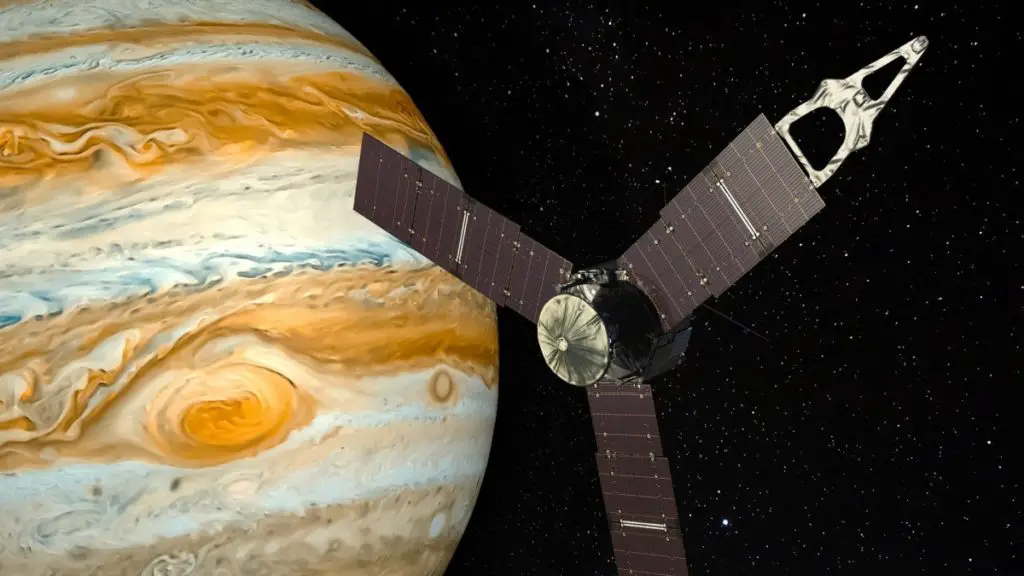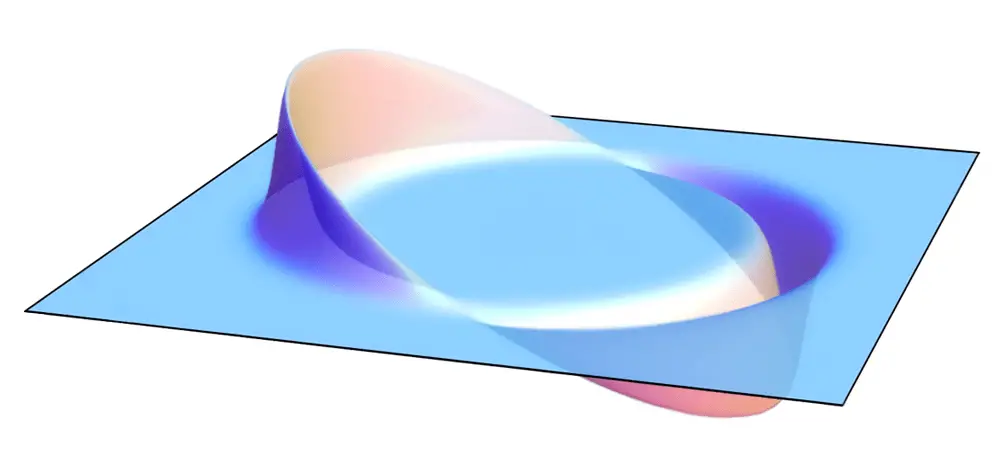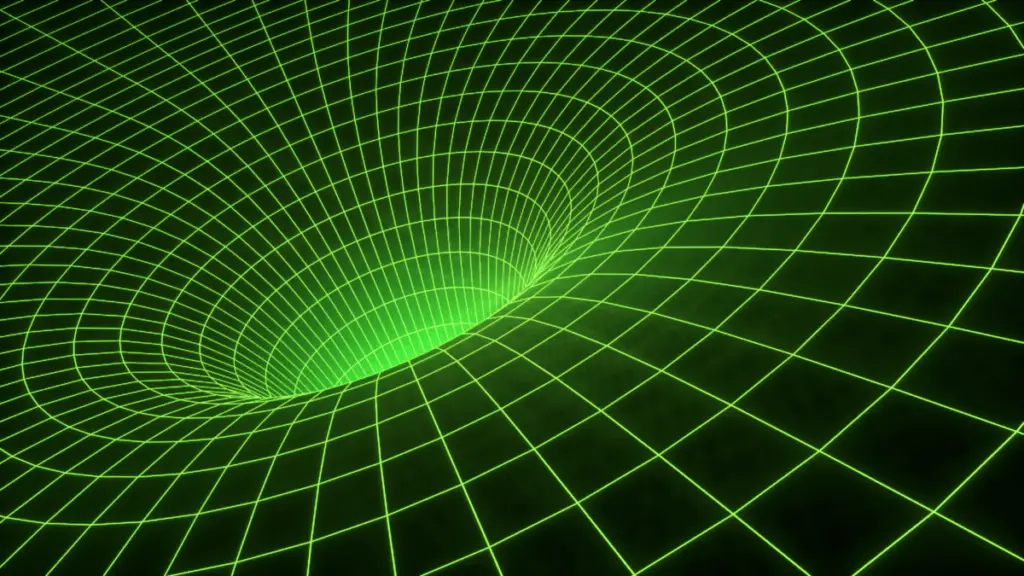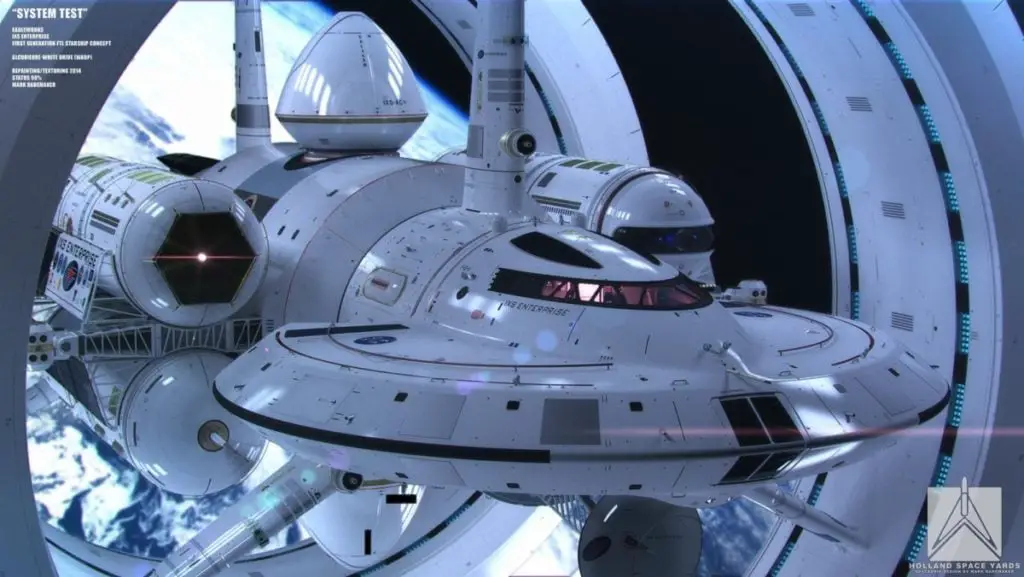Warp drives have always existed as a concept in many science fiction works, with the most notable being Star Trek. But their methods of operation and function were never thoroughly explained. With that being said, here is a guide on everything you need to know about warp drives. Or at least enough to impress your friends.
Warp drives on a fundamental level distort or “warps” the local space-time continuum around an object for an accelerated velocity that surpasses the speed of light, which were often known as “warp factors” in the Star Trek Universe.
Although the technology to build such a drive remains fictional at large, it still sparked a curiosity within the scientific community to pursue the possibility of pushing humanity to become a space-faring species.
The Warp Drive from Star Trek

What is it?
Simply put, it would require infinite kinetic energy in order for an object to travel and maintain the speed of light. And to be frank, that’s impossible. As a solution, instead of increasing an object’s kinetic energy, warp drives were developed to create a warp field that would envelop the object in a “bubble”, which would allow the space-time continuum to shift around the object to achieve light speed velocities.
Civilizations part of the Star Trek Universe generally had to discover warp drive technology at their own pace.
The United Federation of Planets used the development of warp drives as the marker of advancement for a society that was ready for the complications and complexity of trade and exploration across interstellar space.
How fast does technology from Earth allow us to travel?
With this guide being written in the year 2020, the current fastest spacecraft to date is none other than NASA’s Juno Probe, which traveled at approximately 265,000 km/h at its quickest when it pulled into orbit thanks to Jupiter’s gravitational pull.

Though that may seem ridiculously quick compared to the fastest aircraft on Earth – the North American X-15 with a top speed of 7,274 km/h; the Juno Probe actually only arrived at ~0.02% of the speed of light. Even If Juno began its journey from Earth at top speed, it would still have taken 3176 hours (132 days) to reach Jupiter, whereas light speed travel would have allowed the probe to reach Jupiter in 0.7 hours. That’s 42 minutes!
Warp Velocities
Compared to our current technology, when traveling at warp velocities, it no longer becomes a matter of traveling at a percentage of the speed of light, but multiples.
*Warp Scale – Multiples of the Speed of Light
| Warp Factor | Warp Scale (The Star Trek Encyclopedia by Michael Okuda) | Cubi Warp Scale (Star Trek: Star Fleet Technical Manual by Franz Joseph) | Revised Warp Scale (Star Trek: The Next Generation Technical Manual by Michael Okuda) |
|---|---|---|---|
| 1 | 1x | 1x | 1x |
| 2 | 10x | 8x | 10x |
| 3 | 39x | 27x | 39x |
| 4 | 102x | 64x | 102x |
| 4.5 | 150x | 91x | 150x |
| 5 | 213x | 125x | 213x |
| 6 | 392x | 216 | 392x |
| 7 | 656x | 343x | 656x |
| 8 | 1024x | 512x | 1024x |
| 9 | 1516x | 729x | 1516x |
| 9.9 | 3053x | 970x | 2083x |
| 9.95 | 5000x | 985x | 2119x |
| 9.975 | 6667x | 993x | 2137x |
| 9.99 | 7912x | 997x | 2147x |
| 9.9999 | 199,516x | ~1000x | ~2154x |
| 10 | Infinite Velocity | 1000x | 2154x |
| 11 | Beyond Scale | 1331x | 2690x |
| 12 | Beyond Scale | 1728x | 3956x |
| 13 | Beyond Scale | 2197x | 5166x |
| 14 | Beyond Scale | 2744x | 6613x |
| 15 | Beyond Scale | 3375x | 8323x |
| 18.56 | Beyond Scale | 6395x | 16928x |
The Warp Core
Warp cores, or otherwise known as the “gravimetric field displacement manifold” is the primary component for warp drive propulsion technology in the Star Trek Universe.
This reactor uses the energy created from the collision, or the “annihilation” of matter and antimatter to power the warp drive. The energy used is often in the form of subnuclear particles and electromagnetic radiation.
Transwarp Technology
Transwarp technology generally refers to speeds achieved from technologies that are beyond the conventional warp drives.
Quantum Slipstream
The quantum slipstream is a narrowly focused directed field that is created by manipulating the very fabric of the space-time continuum. This stream can be achieved by using a starship’s navigational deflector array to break the quantum barrier, which creates a subspace tunnel that is projected directly ahead of the spacecraft. The forces within this tunnel are what propels the spacecraft at speeds surpassing the warp factors.
This method of interstellar travel was rarely used as it is very unstable due to the constant need to adjust the phase variance of the quantum field. The collapse of the slipstream would mean a violent re-entry back into the local space-time continuum.
Spatial Folding
Now, this is one of the technologies that despite being fictional still manages to challenge our imagination.
Spatial folding in simpler terms is essentially the folding of space. It causes two points of the space-time continuum to be directly connected to allow for instantaneous travel. Unfortunately, no clear explanations have been given on how this can be achieved.
And honestly, that’s as far as fiction goes. There were no real scientific evidence, or even theories to support the possible creation of such advanced technologies, that is until 1994.
The Alcubierre Drive
Fortunately, a Mexican theoretical physicist by the name of Miguel Alcubierre proposed and modeled the warp drive concept (1994) for a theoretical solution to achieve faster than light travel.
In his proposal, Alcubierre aimed to verify a way to deform or “warp” space, such that its contraction and expansion would shift the space-time continuum around an object. This deformation would allow the object to arrive at a destination faster than, let’s say a ray of light in its local space-time.

How exactly does “warping” work?
The two most important concepts of warping is the contraction and expansion of space-time.
During contraction, the space-time continuum is warped inwards, which is also a common occurrence that we experience on a daily basis. As we all know, huge masses tend to warp space-time inwards, which can generally be seen with the gravitational pull of Earth that keeps our feet firmly planted on the ground.

On the other hand, and you might have guessed it, the expansion of space would warp the space-time continuum outwards. Though we might not feel it, such distortion does exist, as the universe has been constantly expanding since the dawn of the Big Bang.
Inside the warp field, the contraction and expansion of space-time effectively create a bubble around the object that keeps the space-time within it relatively constant. Outside the bubble, space would be warped inwards at the front of the object to bring a distant point of space-time closer, which then slowly transitions to an outwards warp towards the tail of the object to expand the space that was previously contracted.
There is technically no limit to how much the space-time continuum can be contracted or expanded. So in theory, an object within the warp field can travel many factors faster than the speed of light depending on the state of the warp.
Be that as it may, the transition between contraction and expansion requires prohibitive amounts of negative energy.
Why do we need negative energy you might ask? Well, according to Einstein’s Special Theory of Relativity, mass and energy is interchangeable. As such, negative energy can also be understood as a negative mass. Since normal mass (ex. Earth) warps space-time inwards, the negative mass would in essence warp space-time outwards and would be used as energy for the expansion of space in the warp field.
A New Shape for the Warp Drive
The theoretical shape of the warp drive was changed in 2012 by the NASA researcher Harold G. White to require less energy for functioning.
White accomplished this by reconfiguring the drive in the shape of a torus, with one being installed in both the front and the back of a spacecraft. The torus shape is essentially a cylindrical ring (ex. tires on a car) that revolves around an axis in three-dimensional space.

Image by Mark Rademaker / Holland Space Yards
With the newly configured warp drive, White proposed to decrease the mass/energy required by increasing the oscillation of the torus through the York Time function – a measure of the expansion and contraction of space.
Although the exotic (negative) mass/energy required was decreased to approximately 700 kg (Subject Zero Science), the increase in oscillation created a space-time bubble that would be so thick that it would crush anything inside of it. But thankfully, that would have only been the result if we were using one warp drive. With the installation of a second oscillating torus, the bubble becomes manageable and the space-time within it can remain static.
Despite such plausible theoretical designs, one of the biggest obstacles the scientific community is facing remains the existence of negative energy/mass.
Is Anti-Matter the key to achieve negative mass?
Anti-matter in short is the opposite of normal matter. That much should be obvious.
But what’s important to understand is that despite being the opposite of normal matter, which possess positive energy, anti-matter itself does not contain negative energy. The subatomic particles within anti-matter simply have properties opposite those of matter, which just means the electric charge of the particles is reversed.
I know, logically this shouldn’t make sense… So how do we know this? Well, for example – the collision or the annihilation of an electron and its opposite charge – positron releases gamma radiation, which has positive energy. If anti-matter did contain negative energy, then the annihilation of two oppositely charged particles would cancel each other out and in turn release nothing.
Despite having positive energy, what the scientific community is actually looking for is how anti-matter would interact with gravity, and what type of gravitational field it would have. We are in theory looking for mass/energy that would allow us to warp space-time outwards – if anti-matter ends up being repelled by gravity, we would be able to power the expansion within the warp field.
Unfortunately, no experimental measure has been successful in gathering data on the interaction of anti-matter with gravity, but we are getting there. The GBAR experiment at CERN has plans to finish measuring the free-fall acceleration of anti-matter under gravity within this decade!
The Possibility of a Warp Drive
Scientists at the LIGO lab in 2015 discovered naturally occurring gravitational waves from two colliding black holes 1.3 billion light-years away, which has since confirmed Einstein’s predictions in his General Theory of Relativity (LIGO).
Einstein speculated that the existence of massive accelerating objects would disrupt space-time in such a way that would cause undulating ripples in every direction across the universe at the speed of light.
The discovery of such naturally occurring ripples confirmed the basis for the existence of a warp drive, as it has now been proved that space-time can indeed be warped in the presence of enormous gravitational fields.
